I understand Go Modules are yet an experimental opt-in feature, and perhaps because of that, I cannot find clear guidance on how to name directories and packages.
In these Package names in Go Blog post and Package name in Effective Go, they talk about that the directory should match the package name - but I wasn't certain if Go Modules would follow the same pattern.
If I want to bundle my business logic in package business with many files, is it reasonable to create subdirectory validators/ and keep the same package name package business?
someDir
├── business
│ ├── businessA.go // package business
│ ├── businessB.go // package business
│ ├── businessC.go // package business
│ └── validators
│ ├── businessValidatorX.go // package business, or validators?
│ ├── businessValidatorY.go // package business, or validators?
│ └── businessValidatorZ.go // package business, or validators?
├── go.mod // module example.com
└── main.go
Approach 1.
If I were to go with the same package name:
// main.go
package main
import (
"example.com/business"
"example.com/business/validators"
)
// both imports would be combined to the same `business` package?
func main() {
b := business.SomeLogic()
business.ValidateX(b) // validator from the same package
}
This looks to be prone to export conflict - but it is simple.
Approach 2.
If the validators/ path maps to package validators, the consuming code would look like the below instead.
// main.go
package main
import (
"example.com/business"
"example.com/business/validators"
)
func main() {
b := business.SomeLogic()
validators.ValidateX(b) // validator from a separate package
}
How should I manage a package consisted of many files? Is the Approach 1. reasonable, although it somewhat contradicts from the blog post and doc above?
Or should I go with Approach 2., complying with the convention, and add an alias as necessary in main.go?

